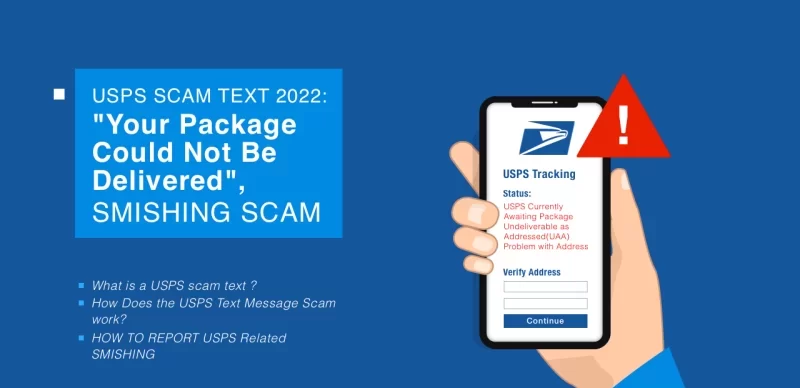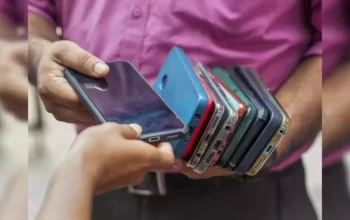In an age where online communication is the norm, email scams have become increasingly prevalent. Cybercriminals are continuously devising new strategies to deceive individuals and steal their personal information. One such scam that has gained notoriety is the “US9514901185421” scam email, which often involves fraudulent USPS tracking numbers. In this article, we will shed light on this scam, explain how it works, and provide tips on how to protect yourself. Additionally, we’ll address some frequently asked questions (FAQs) related to USPS scams.
The US9514901185421 Scam Email
How Does It Work?
The “US9514901185421” scam email typically appears as an official-looking message from the United States Postal Service (USPS). It may claim that a package is awaiting delivery and provide a USPS tracking number, such as “US9514901185421.” The recipient is urged to click on a link or download an attachment for more information regarding the supposed package.
However, this email is a cleverly disguised phishing attempt. Clicking on the provided link may lead to a malicious website that can infect your device with malware or direct you to a page designed to steal your personal and financial information.
Red Flags to Watch Out For
To protect yourself from falling victim to this scam, be vigilant and look for the following red flags:
- Generic Greetings: Scam emails often use generic greetings like “Dear Customer” instead of addressing you by name.
- Spelling and Grammar: Poor grammar and spelling mistakes are telltale signs of a scam.
- Unsolicited Emails: If you didn’t initiate contact with USPS or are not expecting a package, be cautious.
- Suspicious URLs: Hover over any links to preview the URL before clicking. If it doesn’t match the official USPS website, it’s likely a scam.
- Email Address: Check the sender’s email address. Scammers often use email addresses that mimic legitimate ones but have slight variations.
Frequently Asked Questions (FAQs)
Q1: What should I do if I receive a suspicious USPS email?
If you receive an email that appears to be from USPS but looks suspicious, do not click on any links or download attachments. Instead, forward the email to USPS at “spam@uspis.gov” and then delete it from your inbox.
Q2: What information should I never share in response to such emails?
Never share personal information such as your Social Security number, credit card details, or any financial information in response to suspicious emails. USPS will never ask for this information via email.
Q3: How can I verify the legitimacy of a USPS tracking number?
You can verify the legitimacy of a USPS tracking number by visiting the official USPS website (www.usps.com) and using their tracking tool. Avoid using links provided in unsolicited emails.
Q4: What can I do to protect myself from phishing scams?
To protect yourself from phishing scams, always verify the sender’s identity, avoid clicking on suspicious links, regularly update your computer’s antivirus software, and educate yourself about common phishing tactics.
Q5: What are some signs that an email is a phishing attempt?
Common signs of phishing emails include generic greetings, urgent requests for personal information, misspellings, and suspicious email addresses. Be cautious of any email that raises doubts.
Conclusion
The “US9514901185421” scam email and similar phishing attempts are designed to deceive and exploit unsuspecting recipients. By staying informed and being cautious of the red flags associated with such scams, you can protect yourself and your personal information. Always remember that legitimate organizations like USPS will never request sensitive information via email, and when in doubt, contact them directly through their official channels to verify any suspicious communications. Stay safe and vigilant online.








